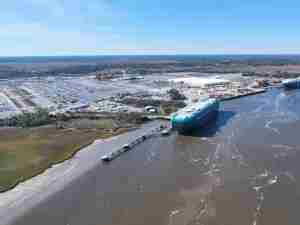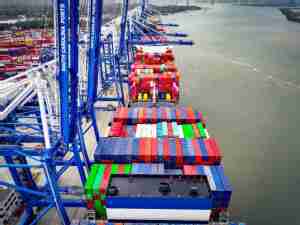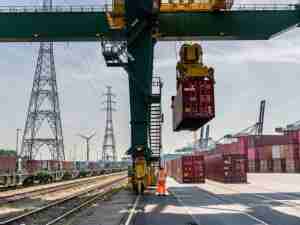The total volume of hinterland transport (1) declined 12% from 7,823,000 TEU in 2008 to 6,869,000 TEU in 2009. Rail transported 755,000 TEU, a decline of 25% as compared to 1,010,000 TEU in 2008.(2) Barges moved 2,269,000 TEU, 3% less than in 2008 (2,337.000 TEU). Truck volume dropped 14% from 4,476,000 to 3,845,000 TEU.

Flexible
Rail transport did not want to adapt or could not adapt its tariffs fast enough to the declining total volume. The Betuwe Route tariffs for example were lowered only late in 2009. Inland shipping and trucking are more flexible in their tariffs when there is an oversupply in transport capacity. Besides that, inland shipping took advantage of the improved handling capacity at the deep sea terminals. Road transport suffered relatively more of the crisis because it transports the vast majority of the ro/ro containers. This intra-European traffic was hit harder by the economic decline.
Future
The future growth of container handling takes place at the large terminals in the western part of the port. As from 2013, terminals at Maasvlakte 2 will come into operation. Here and on the present Maasvlakte, the goal is to realise a modal split in 2035 of; inland shipping 45%, rail 20% and road 35%.
Modal shift (3)
The Dutch government and the Port of Rotterdam pursue a policy aimed at decreasing the share of road haulage; the accomplishment of a modal shift. Since 1993, the truck’s share has, according to the “old” method, declined from 66% to some 50%. In 1993 the total volume was 4.2 million and in 2009, 9.7 million TEU.










